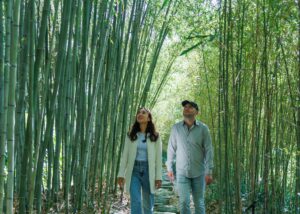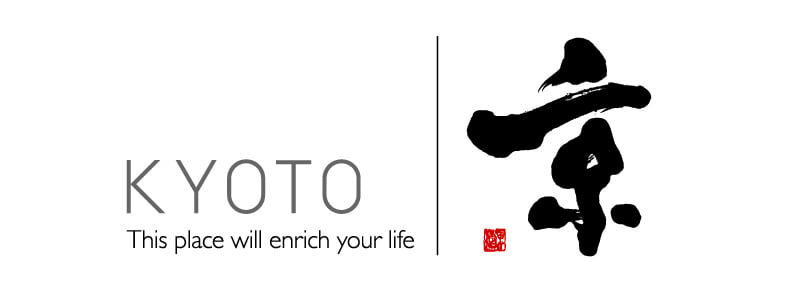What makes Kyoto’s Otokuni area so special?
Otokuni, often called the “Bamboo Village,” is a tranquil area located just southwest of Kyoto City, known for its bamboo groves, rich heritage, and serene natural beauty. This region spans parts of Muko, Nagaokakyo, and Oyamazaki towns, and is steeped in history and tradition. In fact, Otokuni was once home to an ancient city that served as Japan’s capital before Kyoto City. The area produces premium bamboo shoots, a springtime delicacy in Japanese cuisine. You can learn more about this enchanting area in the video above, where we explore the highlights of Otokuni, the Bamboo Village.
Filming locations: Take-no-Michi, Shop & Gallery Chikubuen, Uosu, and Yanagidani Kannon (Yokoku-ji Temple).
Props provided by: Tsujikura (featuring Tsujikura’s traditional umbrellas in this video).























